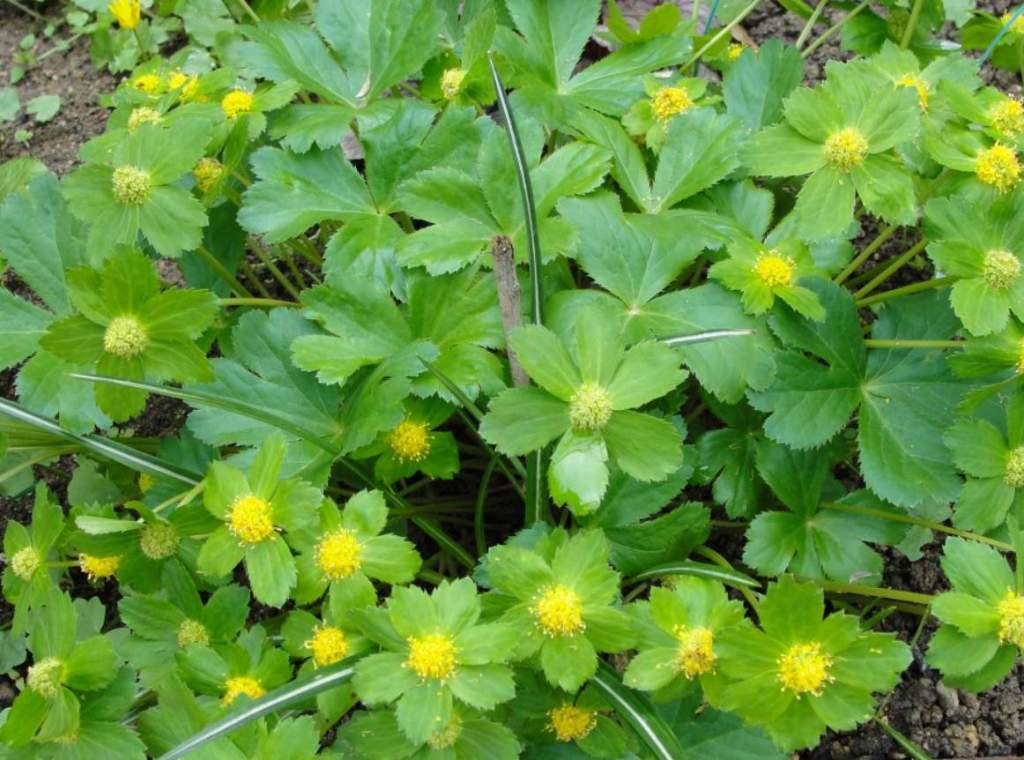Well, everyone knows what a Maples Leaf looks like, right? It is the leaf on the Canadian flags as well, the one that lends its shape to maple sugar candies. Well, yes and no? While most maple leaves do have a three-lobed outline, they vary enormously in size and shape. Therefore, with some the lobes are barely indented with some they are so deeply cut they look like lace.
Some even have three separate leaflets the way poison ivy does. The size of the tree also varies a great deal, and you can find a suitable maple whether you want a large shade tree or a small ornamental for a city yard. However, most maples leaf have especially fine fall colors and seeds with wings on either side that you can spread apart and stick on the bridge of you’re nose if you are so inclined.
Hence, of the large especially favorite in public is the sugar maple, also called rock maple “Acer Saccharum” a fine shade tree that can grow well over 100 feet tall, with a big, round, dense head and leaves that turn shades of red, yellow and orange in fall. Collecting and boiling down the sweet sap to make maple syrup is a lot of work it must be reduced to less than thirties of its original volume but it is a good way to get outdoors at the end of winter. October Glory is a variety of sugar maples leaf with an especially good fall color; Newton Sentry is a columnar form.
Red maple also called “Swamp Maple” is nearly as popular as sugar maple leaf, because its showy red flowers are such a welcome sight amid bare branches in early spring. Like sugar maple, it turns color early in fall, but in this case, the leaves are blazing red. It is a bit less sturdy than sugar maple but will tolerate wet sites.
Norway maples leaf “A. platanoides” is a big round tree, that casts a very dense shade and is rather shallow-rooted but it grows quickly as maple goes, “Erectum” is a columnar variety, and “Crimson King” has red leaves all summer. All these are hardy, though Silver maple “A. saccharinum” is often planted because it grows very fast.
Its graceful, pendulous branches and its finely cut leaves with silvery undersides, cast a dappled shade. It is also hardy while Silver maples have weak, breakable wood, however, and their roots can clog drains and septic systems if the tree is planted near them.
Of the smaller ornamental maples, the choicest is Japanese maple leaf “A. planmatum” and its hybrids. The original species, which can grow to 20 feet, has fine, deeply indented green leaves in summer that reddish when they first emerge, and turn red in fall. It is hardy to and self-sows freely. Varieties such as “Atropurpureum” and “Sanguineum” are dark red all season.
The very slow-growing cut leaf, or laceleaf Japanese maple “A. p. dissectum” can grow to 12 feet but is usually much smaller; an exquisite mound of cascading branches is supported by a twisted picturesque trunk, with its lacy leaves often sweeping the ground. Varieties such as “Atropurpureum” and “Burgundy Lace” are red all season. In addition, there are variegated varieties and some with leaves so notes are fine they look like threads such as “Red Filigree”.
Moreover, among smaller maple leaf , those also worthy of note are Amur maple “A. ginnala” a tough little tree that grows up to 20 feet and has small, three-pointed leaves, and fragrant white flowers in early spring, bright red fall foliage, and showy red-winged fruits. It is even hardy and often it has several trunks but can b trained to one if desired. Paperback maple “A. griseum” grows about 25 feet tall, has leaves with three distinct leaflets, and is valued most for its bark, which peels off in papery strips to expose a rust-colored layer beneath. It is hardy as well.
Well, if you want to grow maples, then, in general, are easy to grow and have few pests or diseases. Most of them especially red maples need soil with adequate moisture. Most need plenty of suns, and if they are to develop a good fall color, they need a climate that is cool in winter.
Cutleaf Japanese maple should be given a rich moist, well-drained soil with plenty of organic matter and some light shade in hot climates. It should be staked until the trunk is well developed, and twiggy growth may be removed from entering as needed though it is usually allowed to assume its own eccentric forms.
Therefore, Maples leaf, in general, are pruned in late summer or fall when the sap is no longer running. Most need only occasional attention to remove dead, awkward, or crossing limbs, but silver maples leaf should be pruned to eliminate narrow, weak crotches and water sprouts. Paper-bark maples should have lower branches removed to display the trunk.







